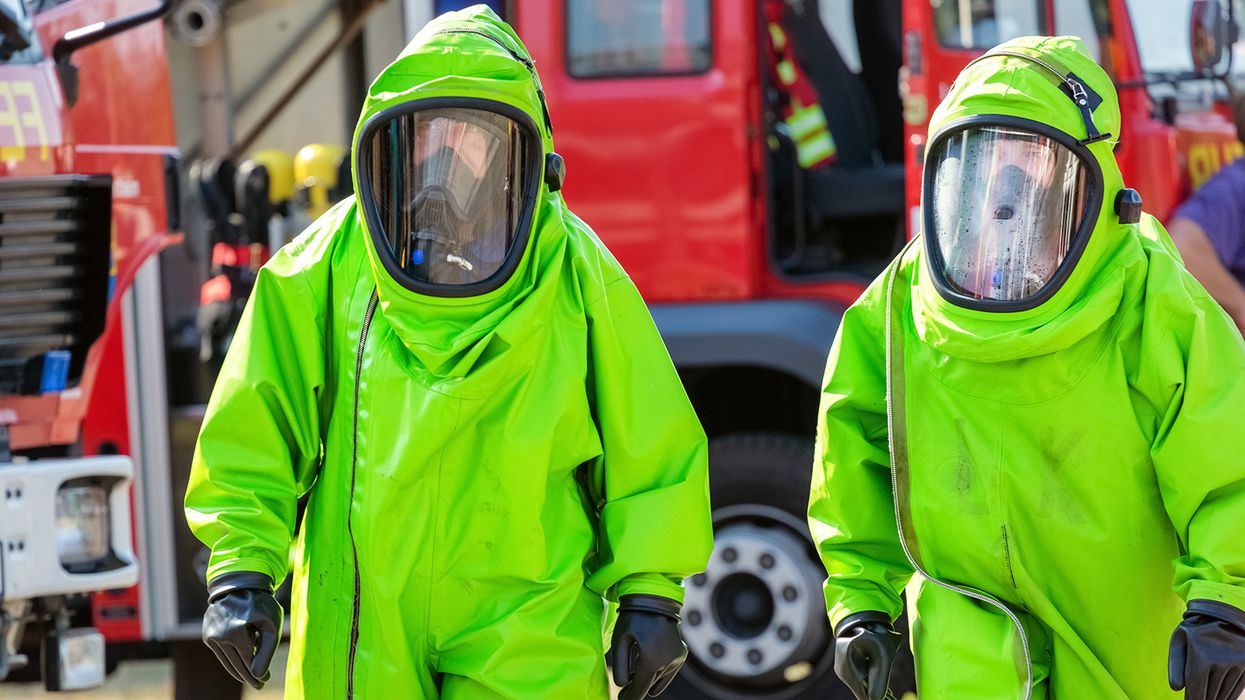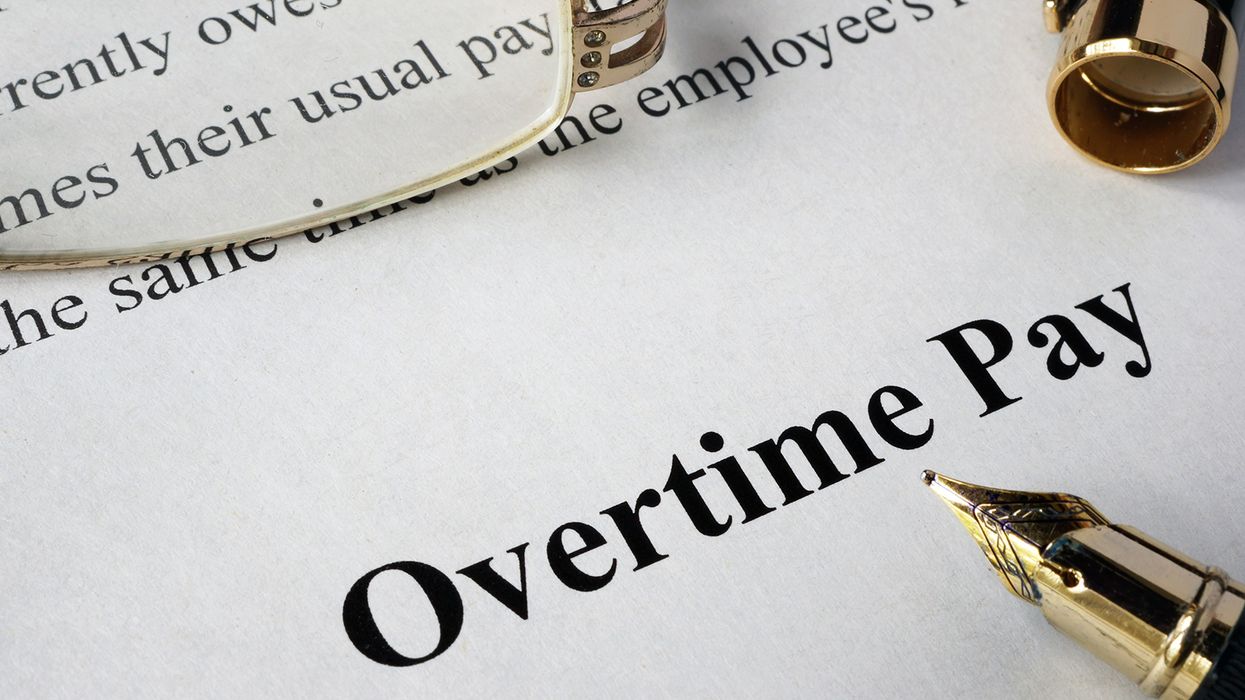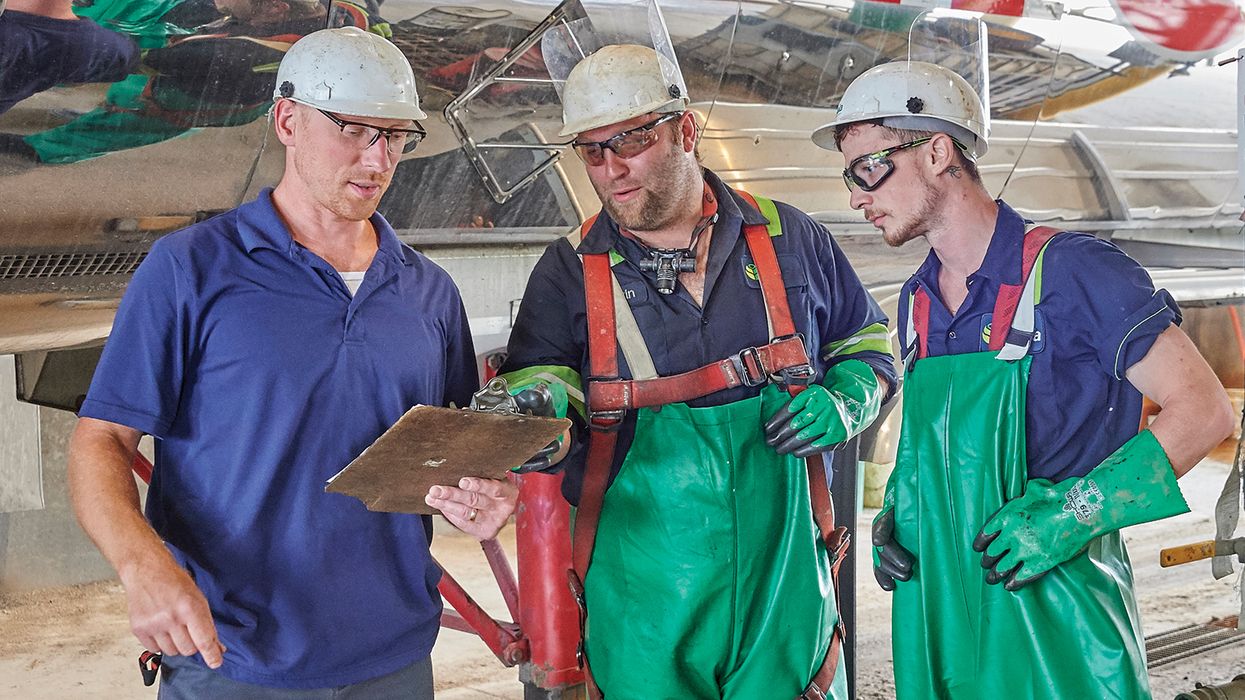Agency publicly posts facility-submitted data on releases
Information on over 150 accidental releases that occurred in the U.S. over a 25-month period are now posted publicly on the web. The Chemical Safety and Hazard Investigation Board (CSB) requires each owner or operator of a stationary source to report any “accidental release” resulting in a fatality, serious injury, or substantial property damage, in accordance with 40 CFR 1604.
The reporting regulation is mandated by the Clean Air Act. Failure to report promptly may lead to penalties and even civil or criminal action.
A closer look at the data
While the agency anticipated about 200 reports per year, it only received 36 percent of that figure, from March 23, 2020, to May 9, 2022. A total of 153 reports were submitted, and the official CSB report shows the data for each one, including the release date, company name, city, state, and what type of casualty was involved. Specifically, the report flagged:
- 24 incidents with a fatality;
- 90 incidents involving a serious injury that resulted in death or in-patient hospitalization; and
- 62 incidents involving substantial property damage at or over $1 million.
The agency says the database is revised quarterly and may include revisions or corrections to events previously reported and ones that were not timely reported to the CSB as required.
The rule that finalized the regulation appeared in the February 21, 2020, Federal Register. However, CSB refrained for one year from the March 23, 2020, effective date, from referring violations for enforcement (unless there was knowing failure to report). That means full enforcement began in late March 2021. More reports (96) were made after the first year, which saw only 57 reports.
Purpose of the reports
The CSB conducts root cause investigations of chemical accidents at fixed industrial facilities. The purpose of the reporting requirement is to notify the CSB of an accidental release within its investigatory jurisdiction and to provide the agency with basic information concerning the accidental release. CSB says it uses the information to:
- Conduct an initial assessment of CSB jurisdiction;
- Determine whether an investigation is mandated by the Clean Air Act; and
- Gather basic information regarding the nature of the accidental release to inform how to respond to any accidental release within its jurisdiction.
Subsequent CSB investigative reports may make recommendations to facilities, OSHA and/or EPA, industry organizations, and labor groups.
Reporting methods
Going forward, should a facility suffer an accidental release, by definition, CSB offers three ways to report:
- By telephone at 202-261-7600;
- By emailing the CSB Accidental Release Reporting Form (CSB Form 2020-1) to report@csb.gov; or
- By emailing to report@csb.gov the facility’s National Response Center (NRC) report identification number, if a report was previously submitted to the NRC.
The CSB estimates it takes 15 minutes to report, including time for reviewing the form instructions, gathering the data needed, and completing the form.





























































